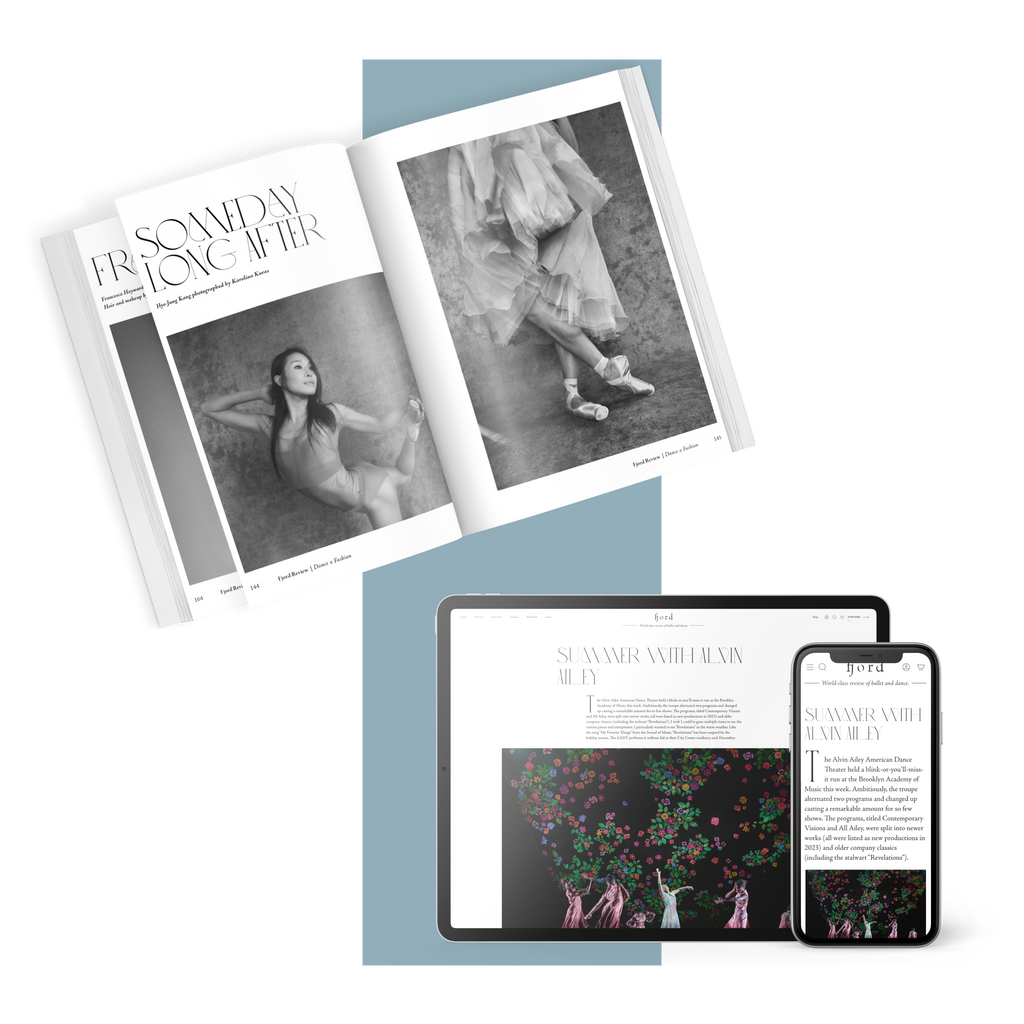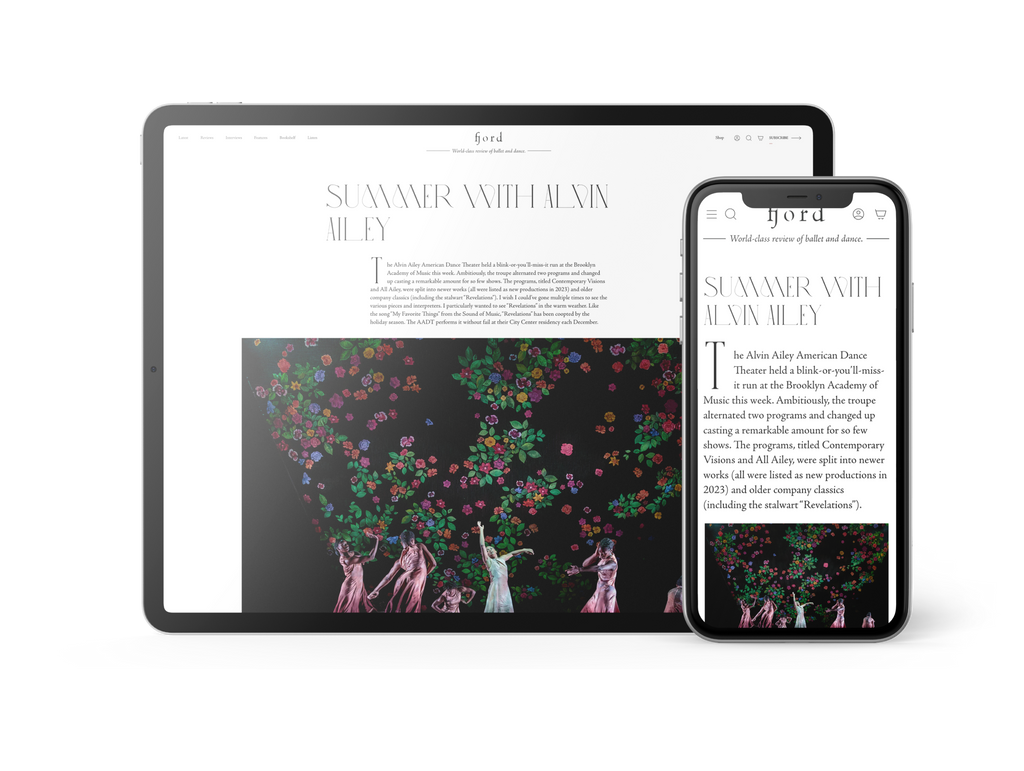Talent Time
It’s “Nutcracker” season at San Francisco Ballet—36 performances packed into three weeks—which means that the company is currently serving two distinct audiences.
Continue Reading
World-class review of ballet and dance.
Until American Ballet Theatre’s premiere of Christopher Wheeldon’s “Like Water for Chocolate,” my first thought upon leaving a ballet gala had never before been: “well that was hot.” ABT has found its new Valentine’s Day programming. Debbie Downers “Romeo and Juliet” and “Swan Lake” can take a rest. Spoiler alert: the star-crossed lovers in “Like Water for Chocolate” also perish together in the last scene, but the effect is, well, different. After decades of longing, Tita and Pedro are finally free to consummate their desire, and their love is so profound that at the point of climax they erupt in flames—their bed beautifully engulfed in fiery projections by Luke Halls. Though their earthly bodies are lost to the conflagration, their souls ascend to an astral plane, united for all eternity. Principal dancers Cassandra Trenary and Herman Cornejo, nearly nude, floated up into the clouds in a Kama Sutra-like tangle as the curtain fell. Ahem.
Performance
Place
Words



Starting at $49.99/year
Your weekly source for world-class dance reviews, interviews, articles, and more.
Already a paid subscriber? Login

It’s “Nutcracker” season at San Francisco Ballet—36 performances packed into three weeks—which means that the company is currently serving two distinct audiences.
Continue ReadingLast week I caught up with choreographer Pam Tanowitz and Opera Philadelphia’s current general director and president, countertenor Anthony Roth Costanzo to talk about “The Seasons,” the company’s latest production premiering at the Kimmel Center’s 600-plus seat Perelman Theater on December 19.
Continue ReadingIf Notre-Dame remains one of the enduring symbols of Paris, standing at the city’s heart in all its beauty, much of the credit belongs to Victor Hugo.
Continue ReadingWhen dancer and choreographer Marla Phelan was a kid, she wanted to be an astronaut. “I always loved science and astronomy,” Phelan said.
Continue Reading
comments